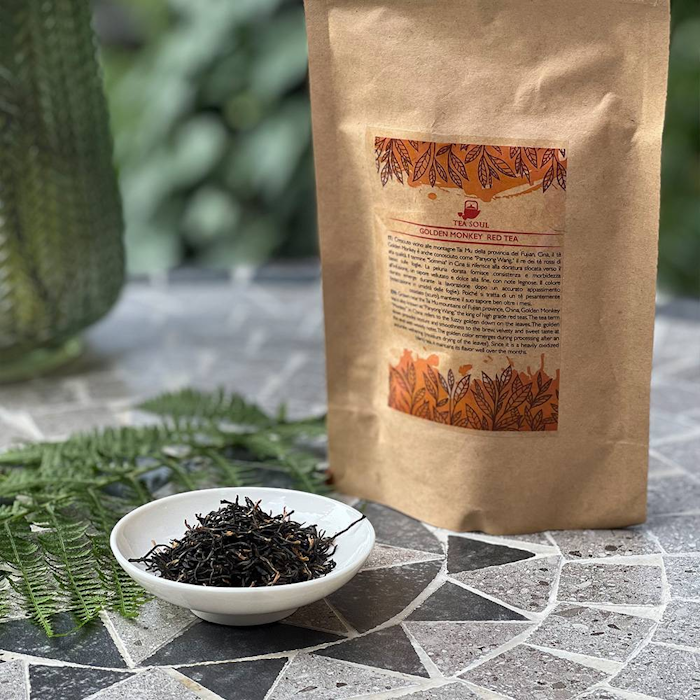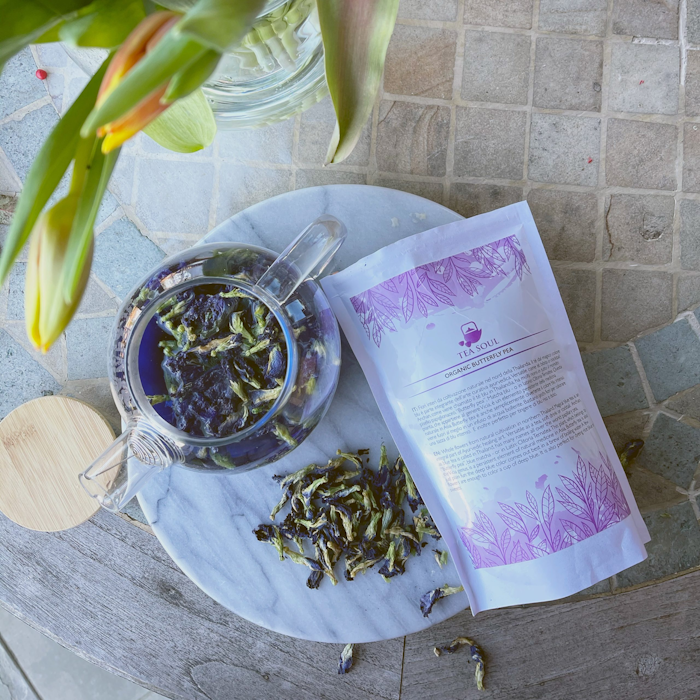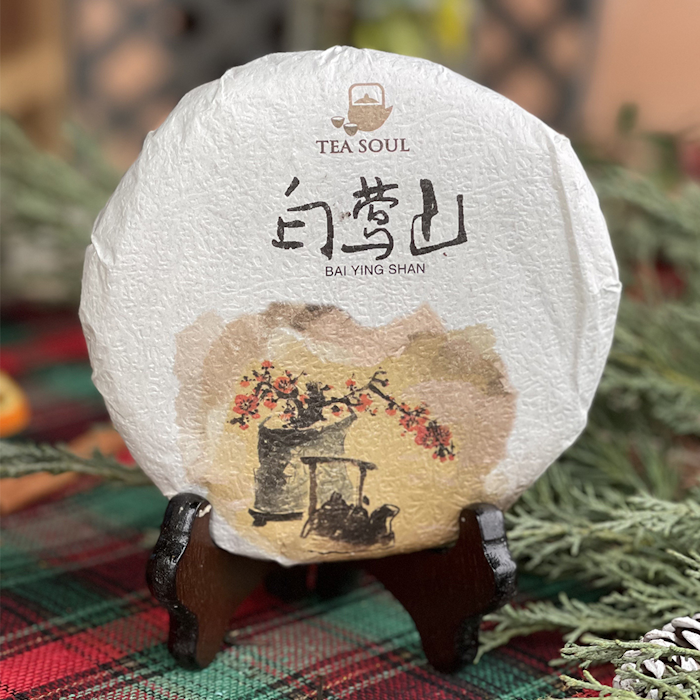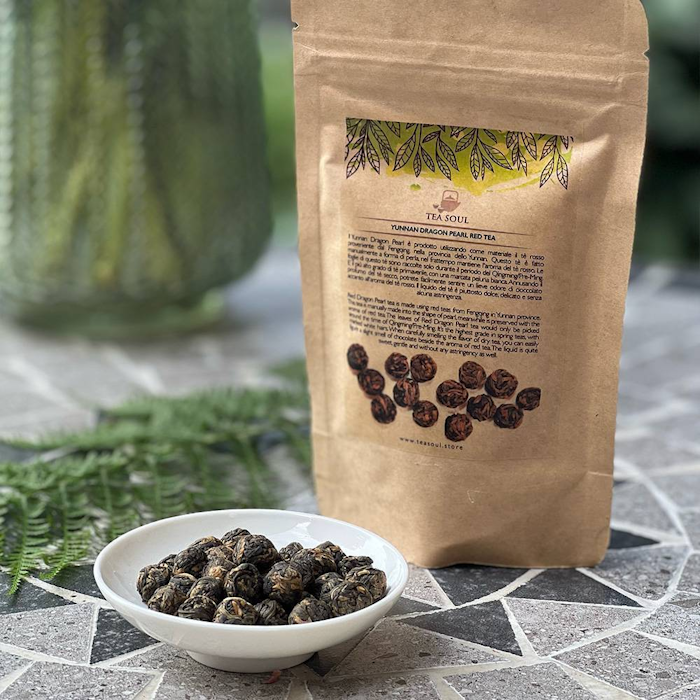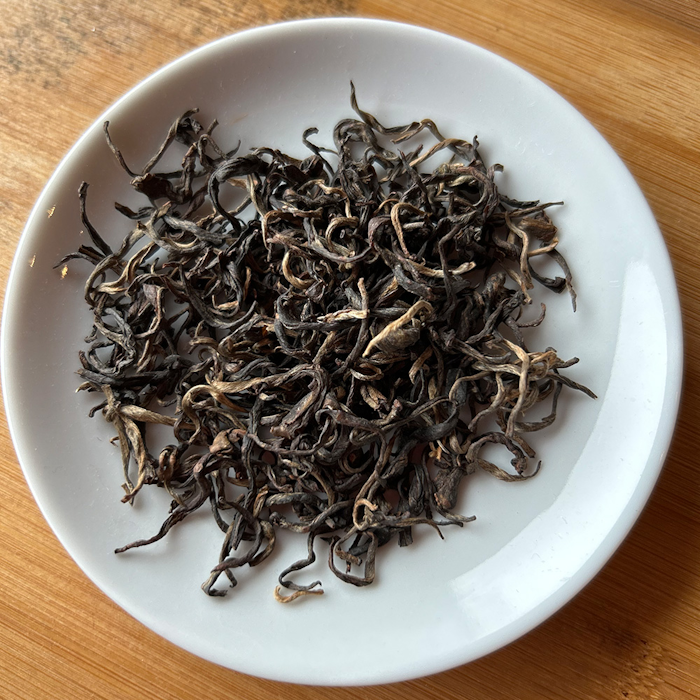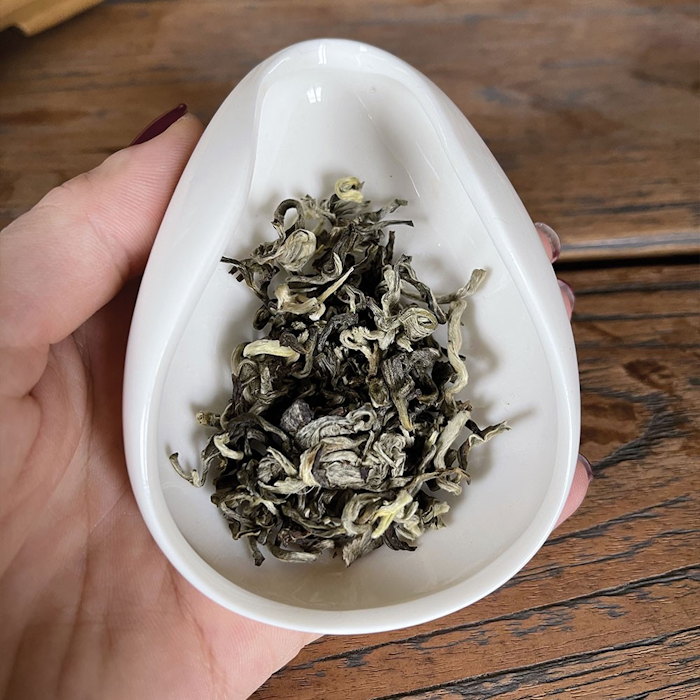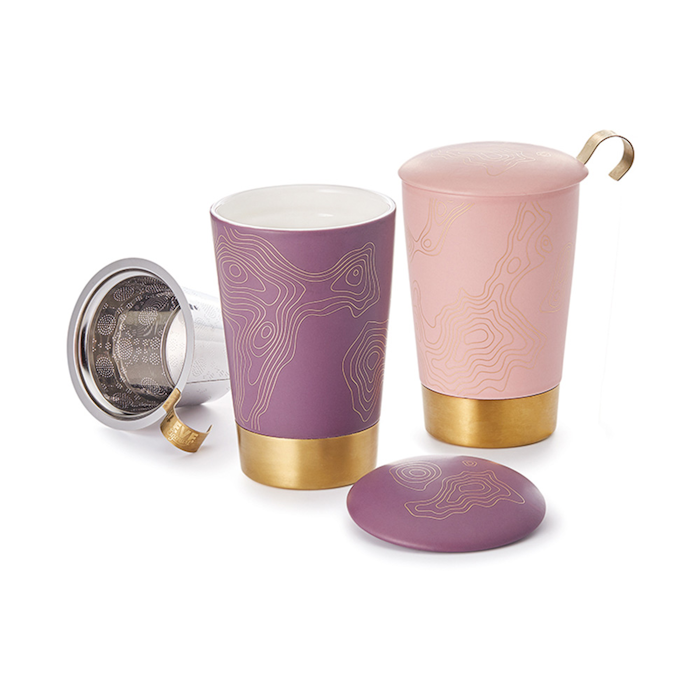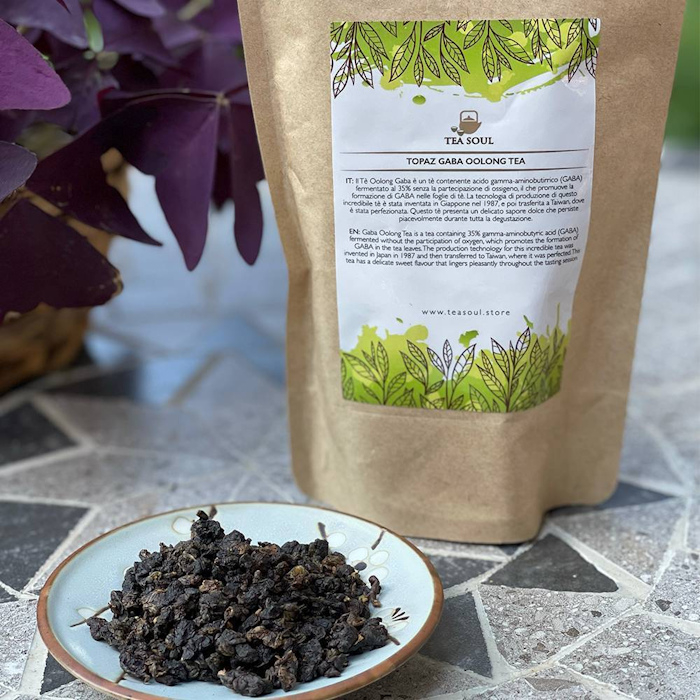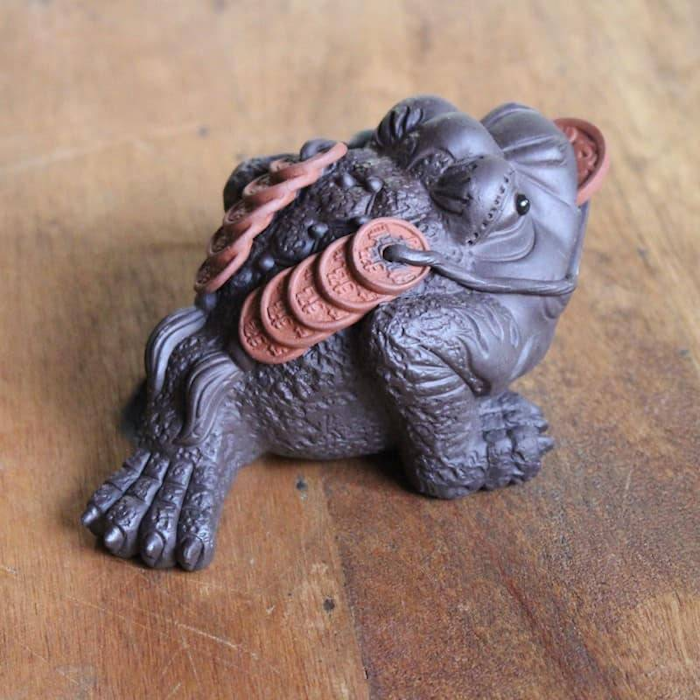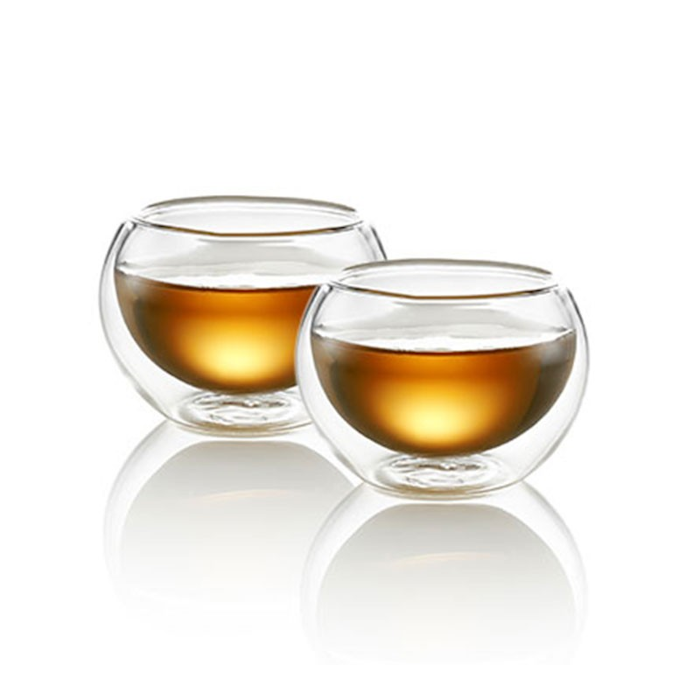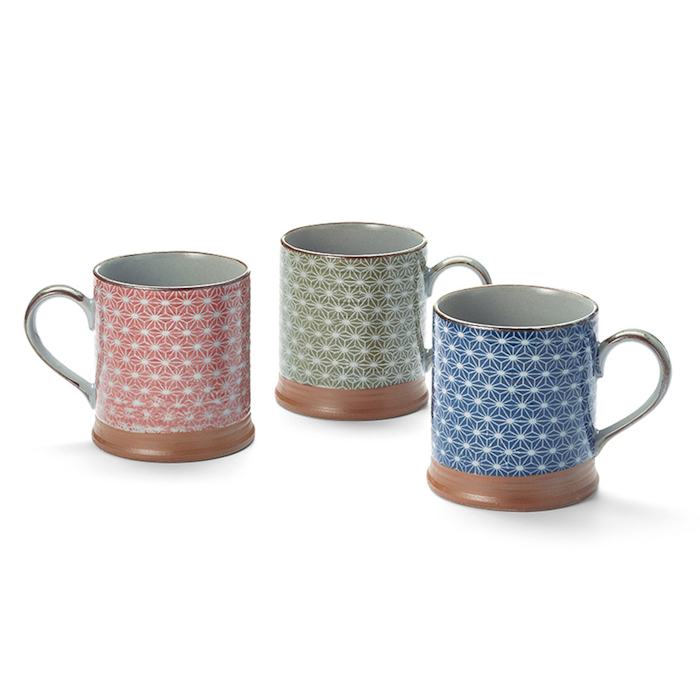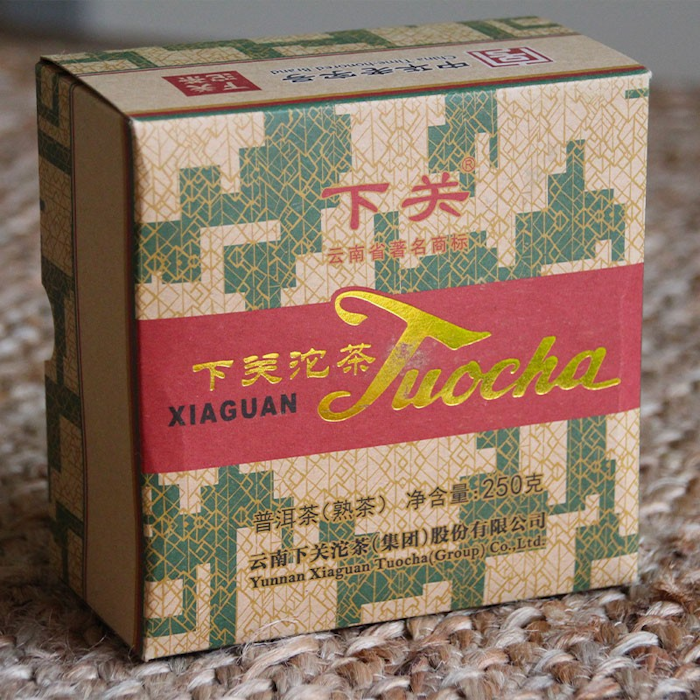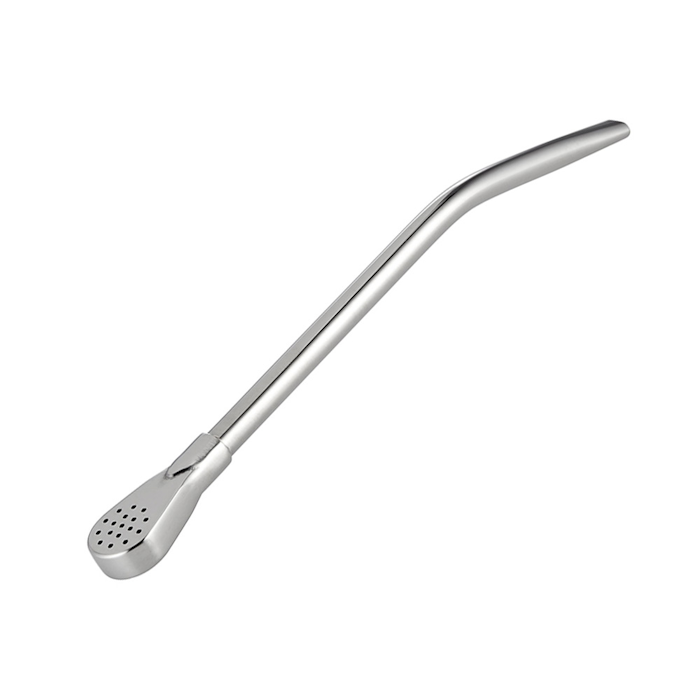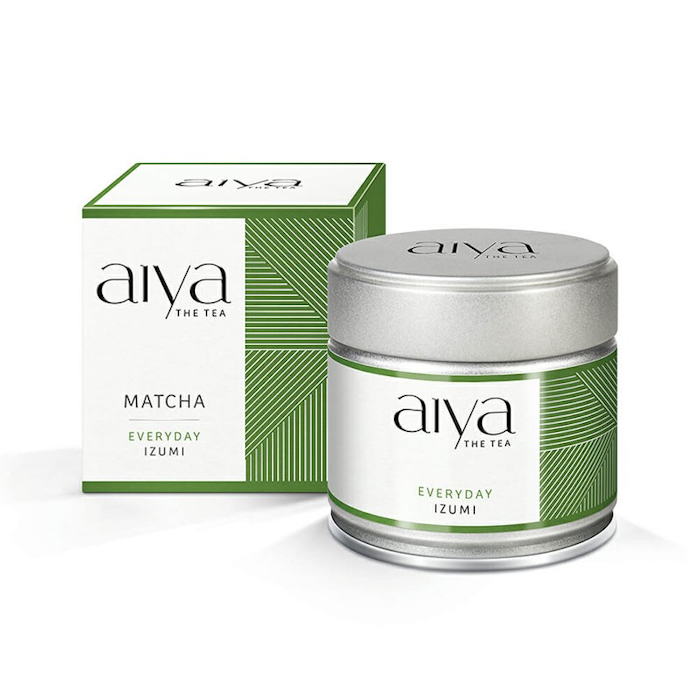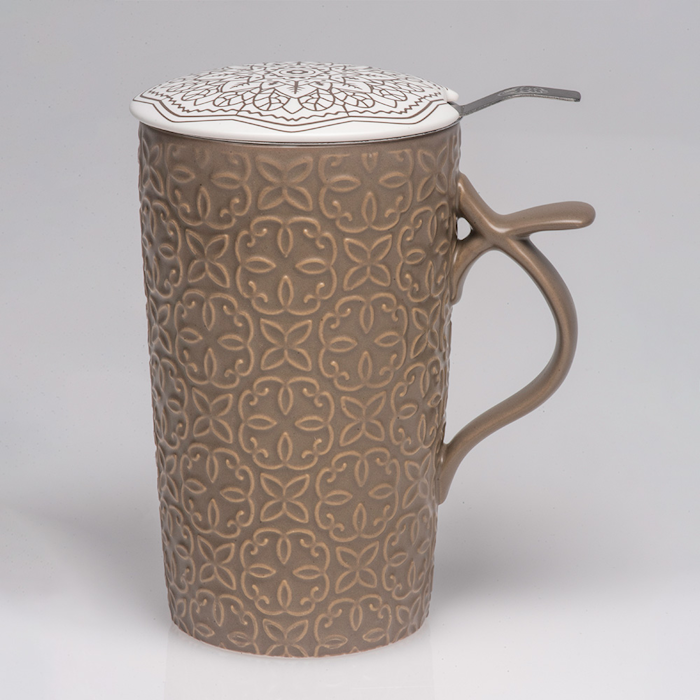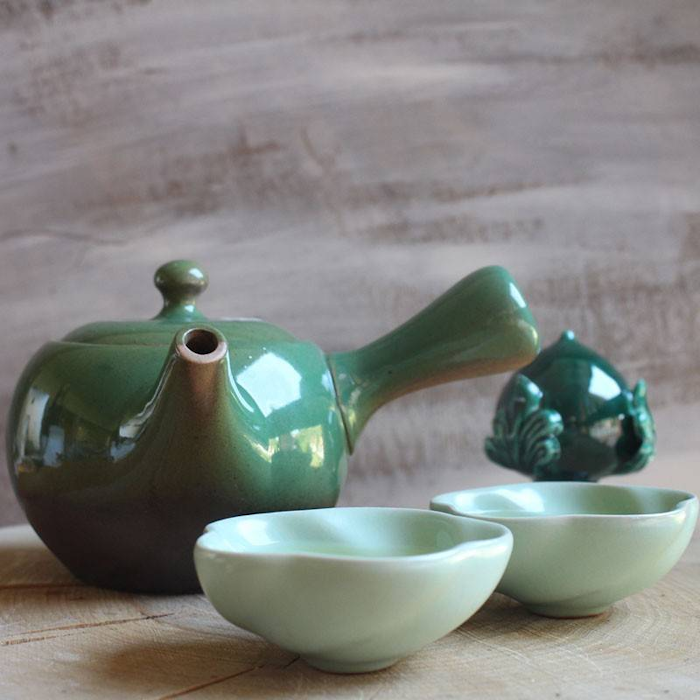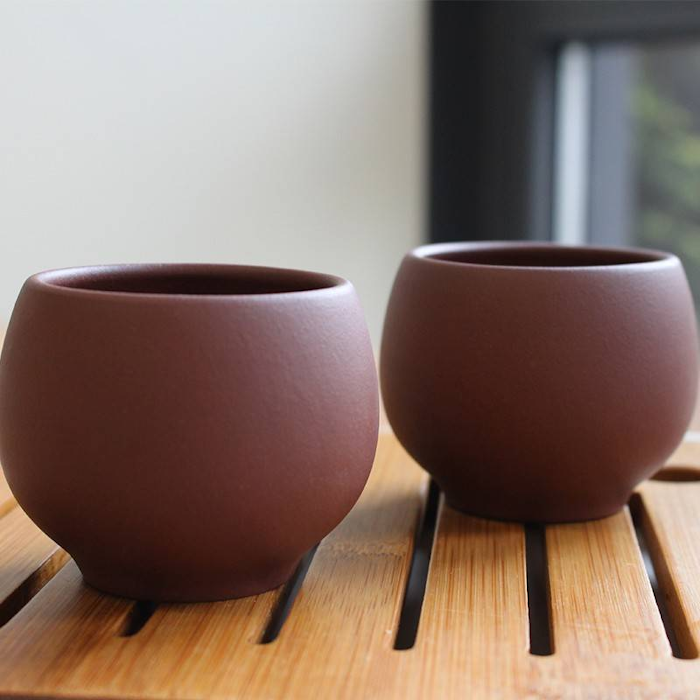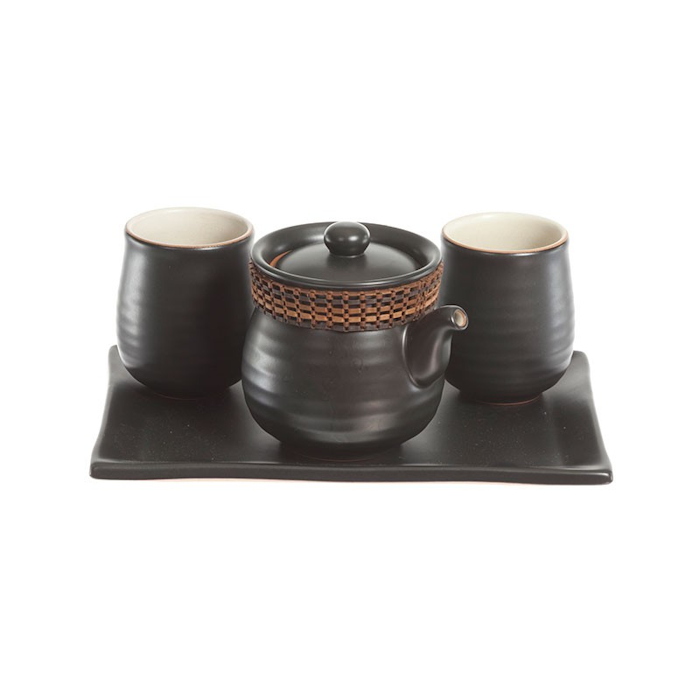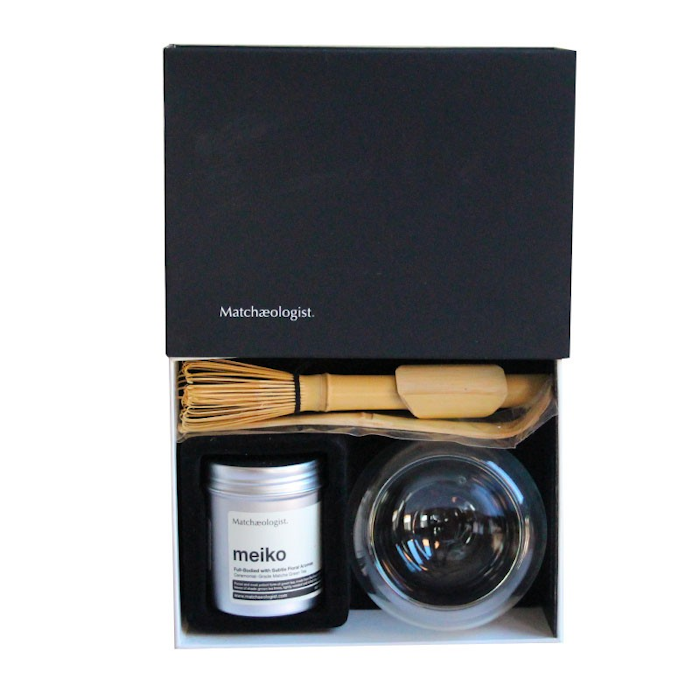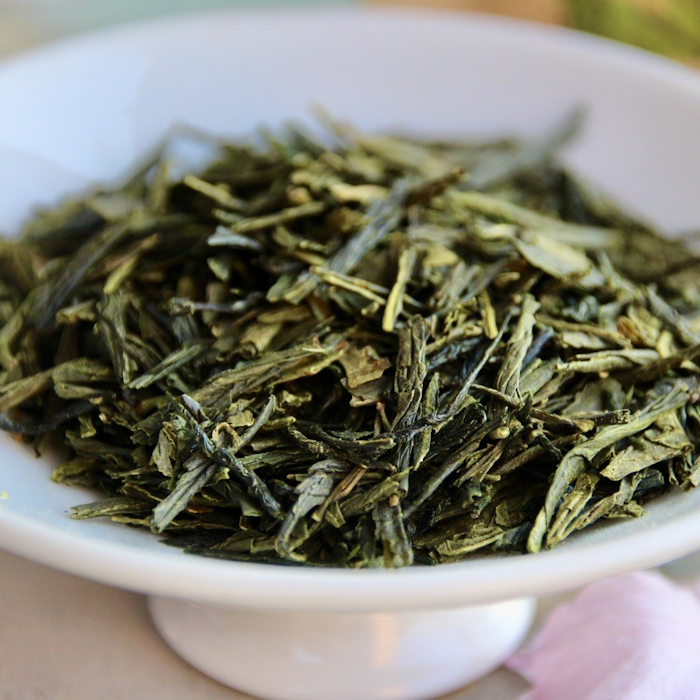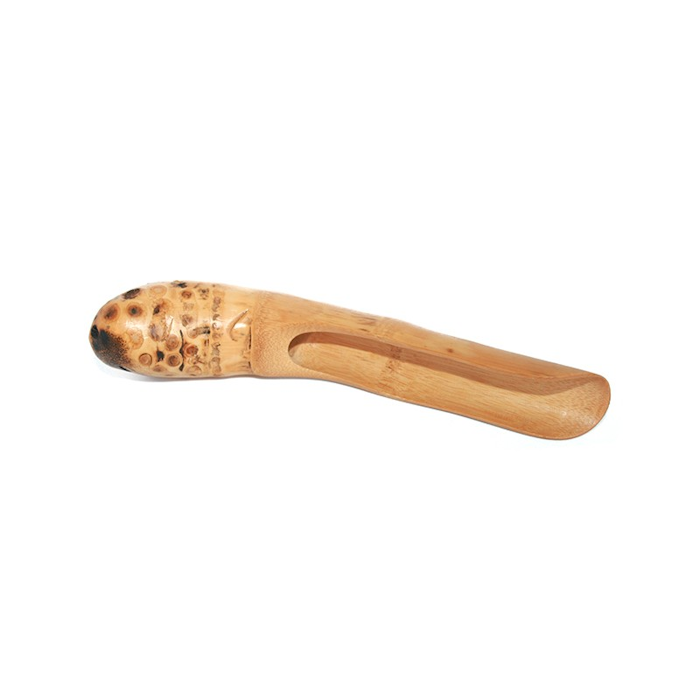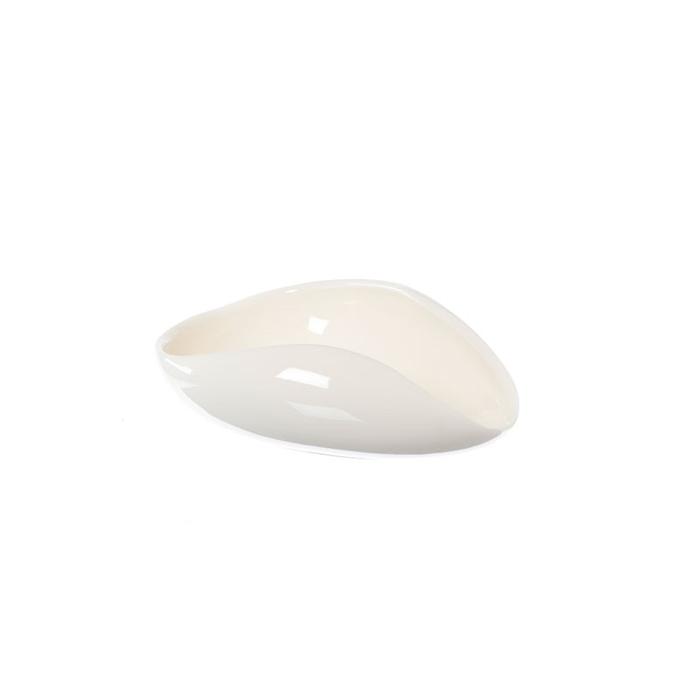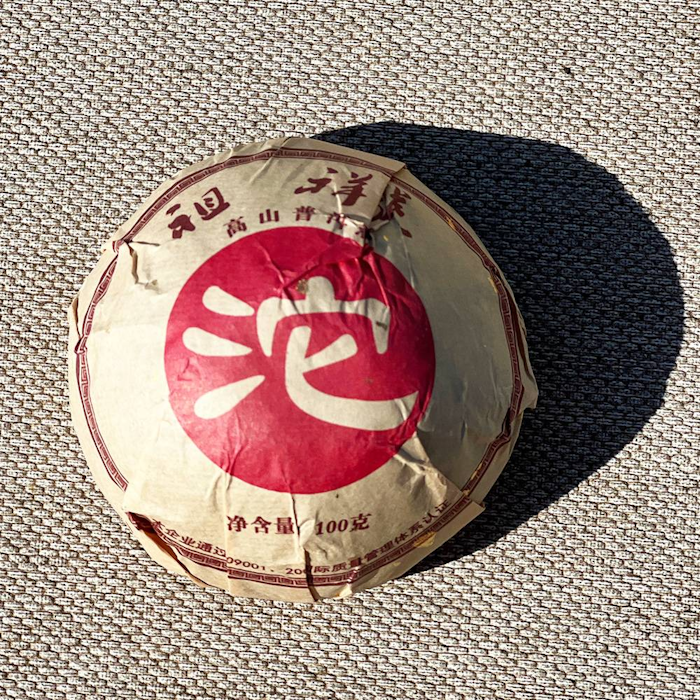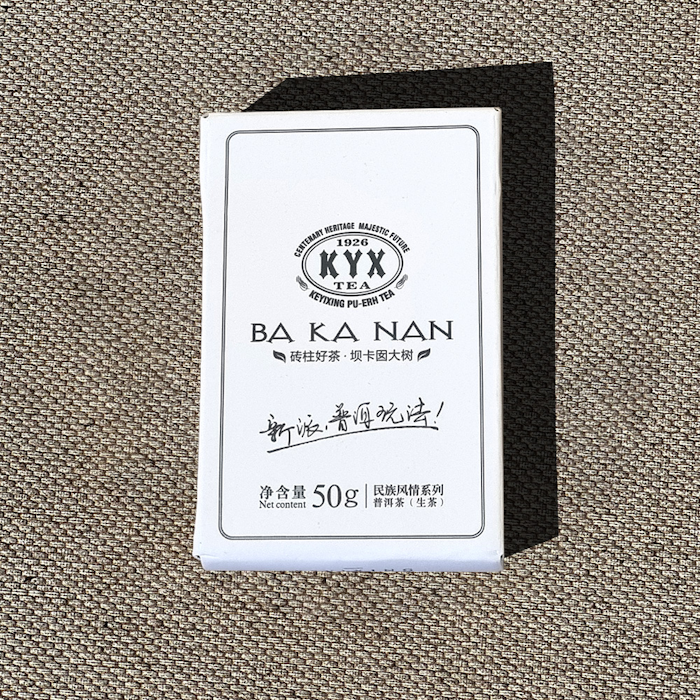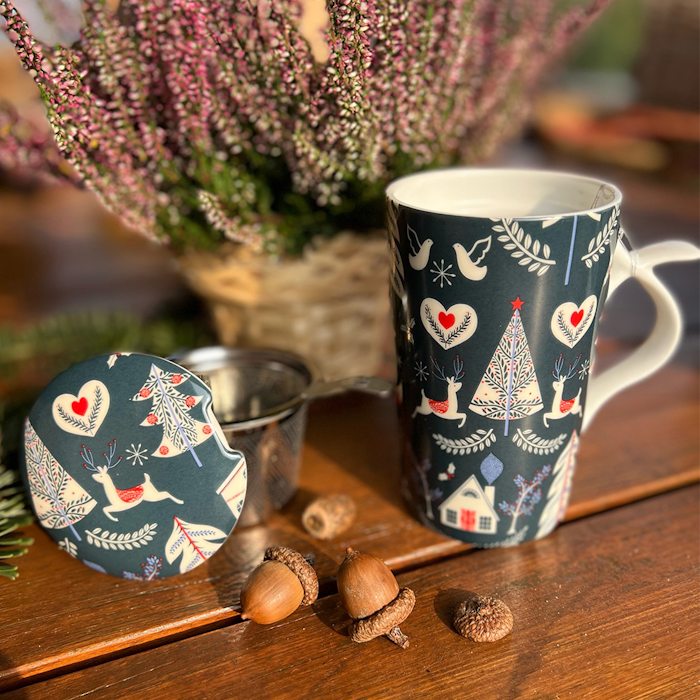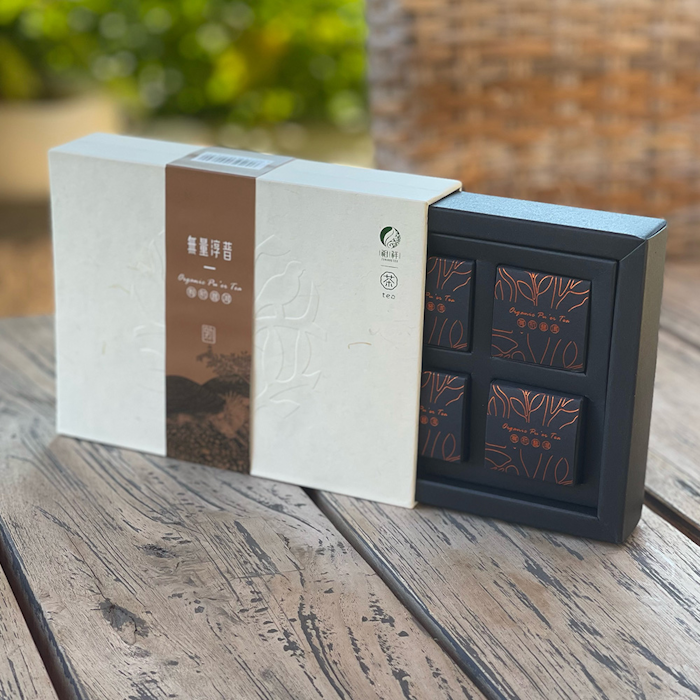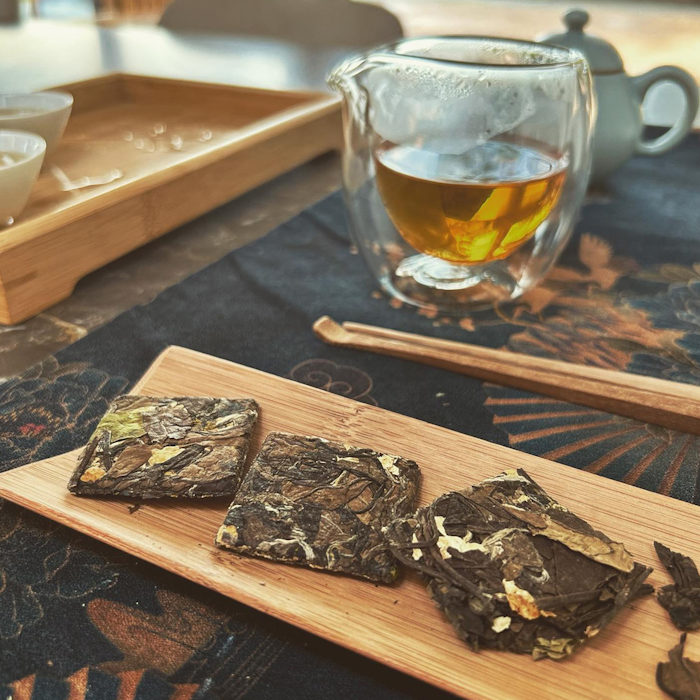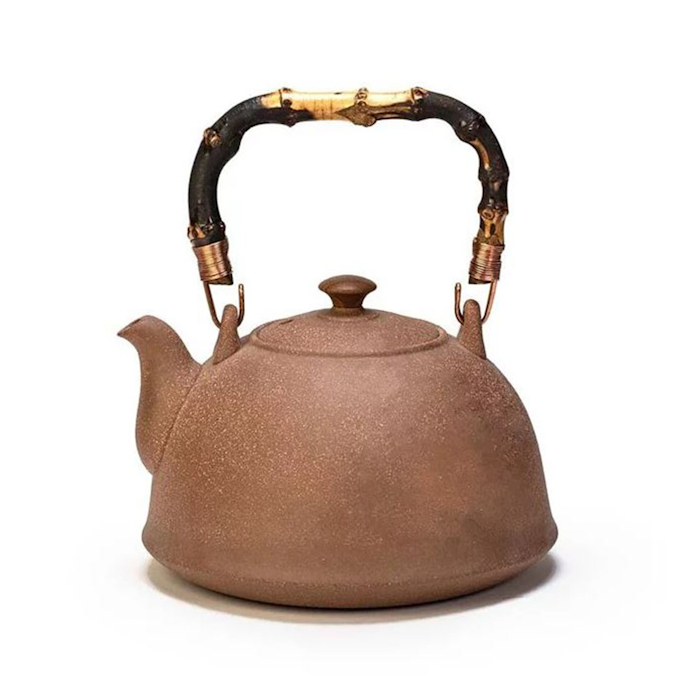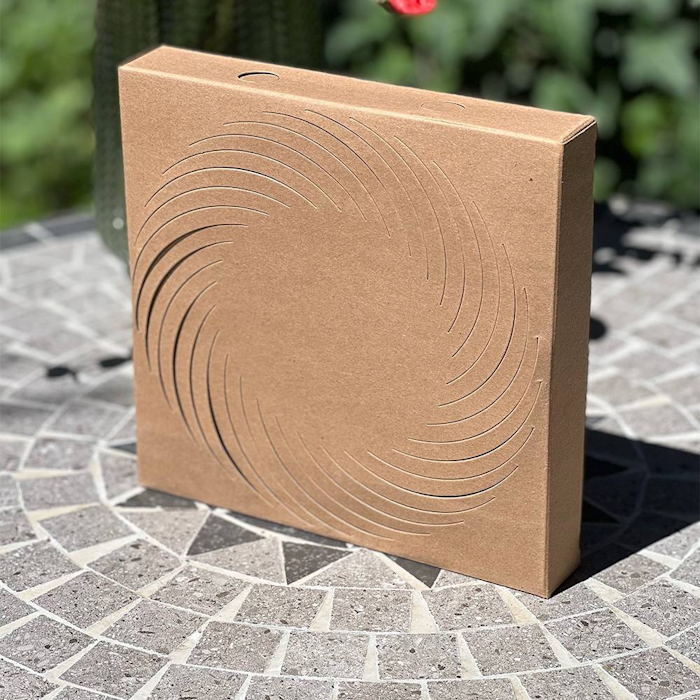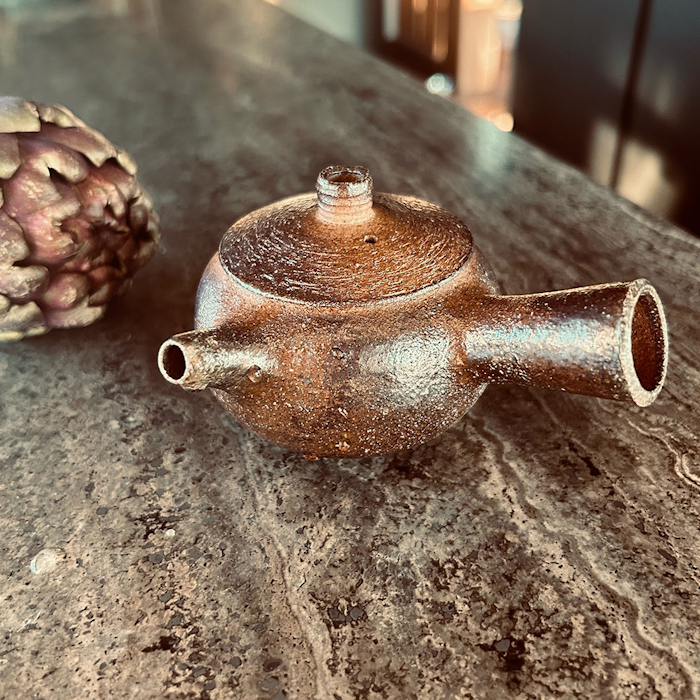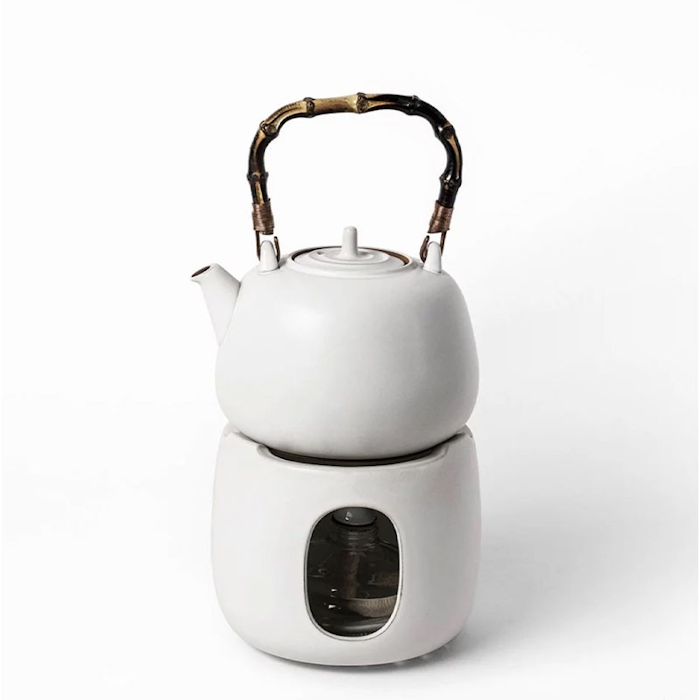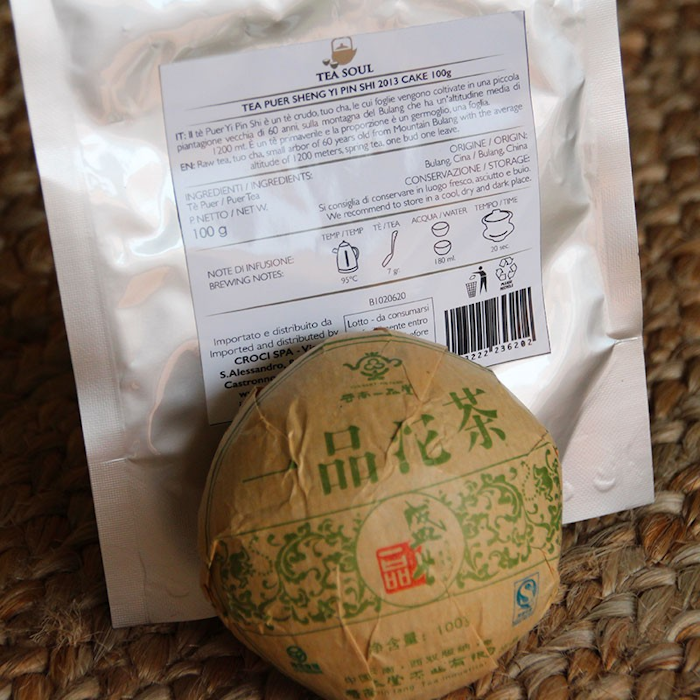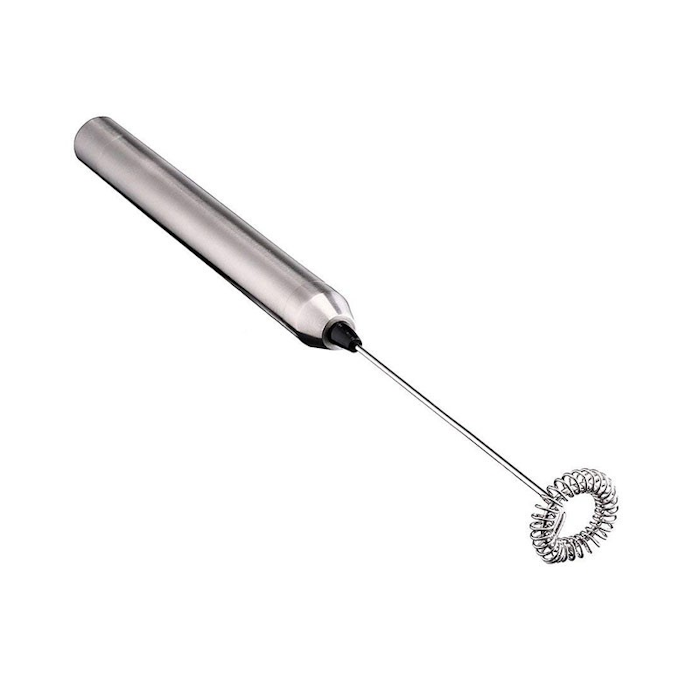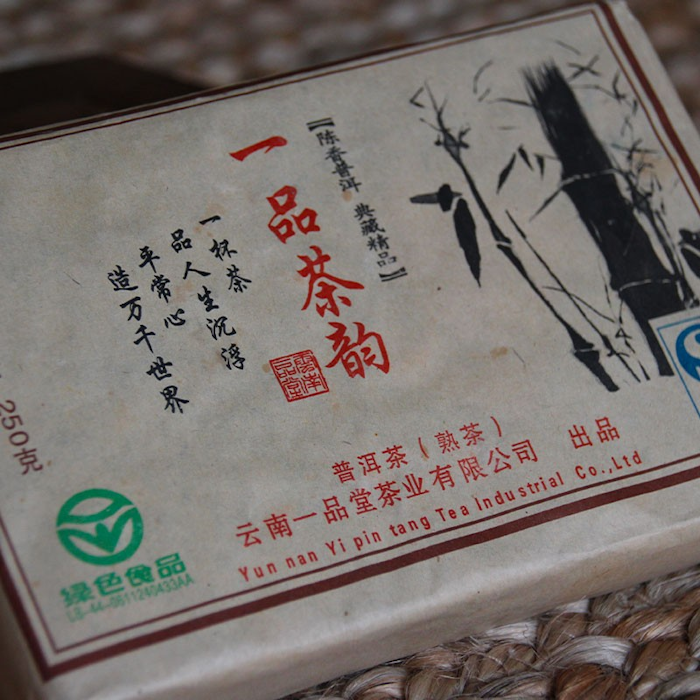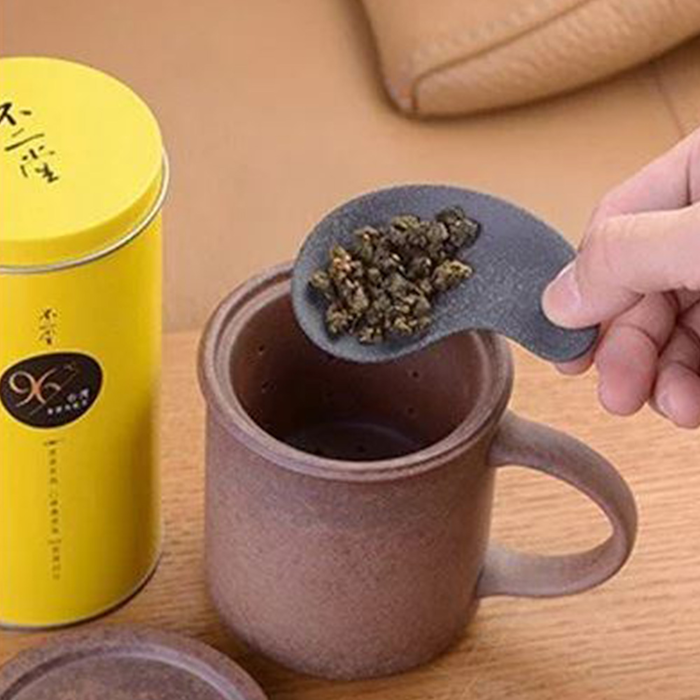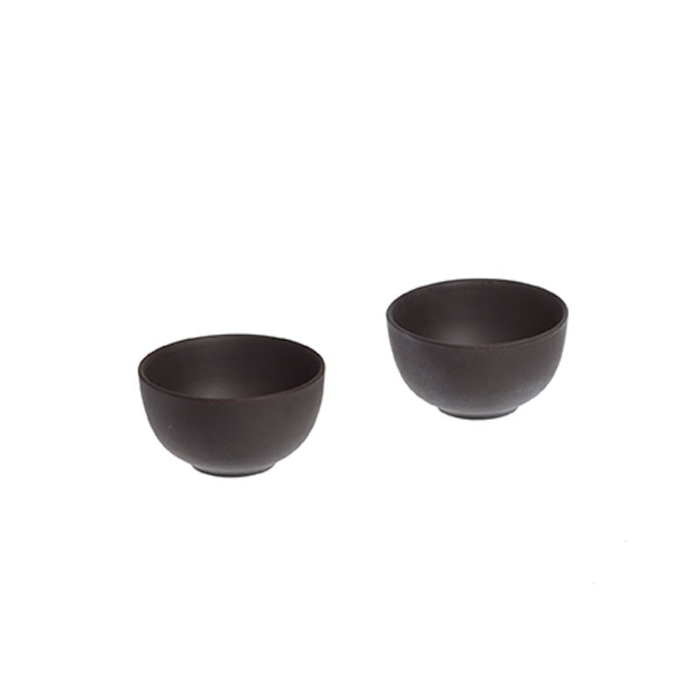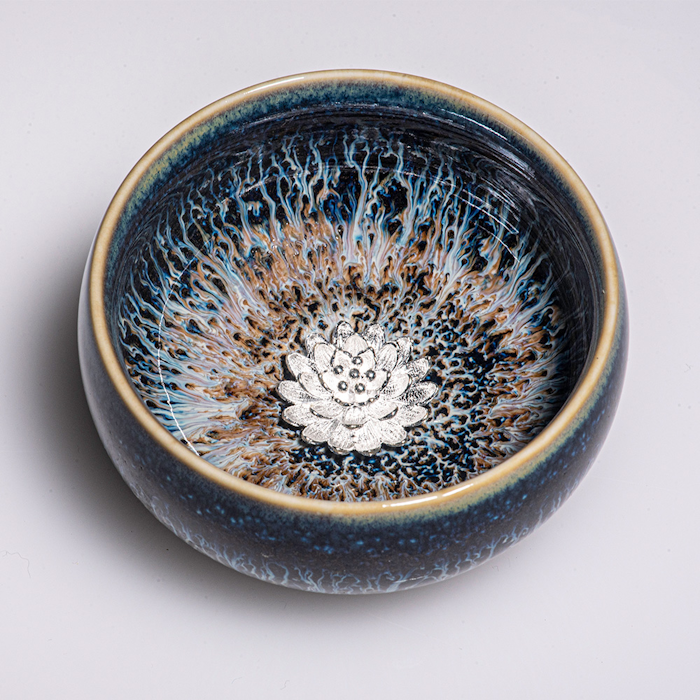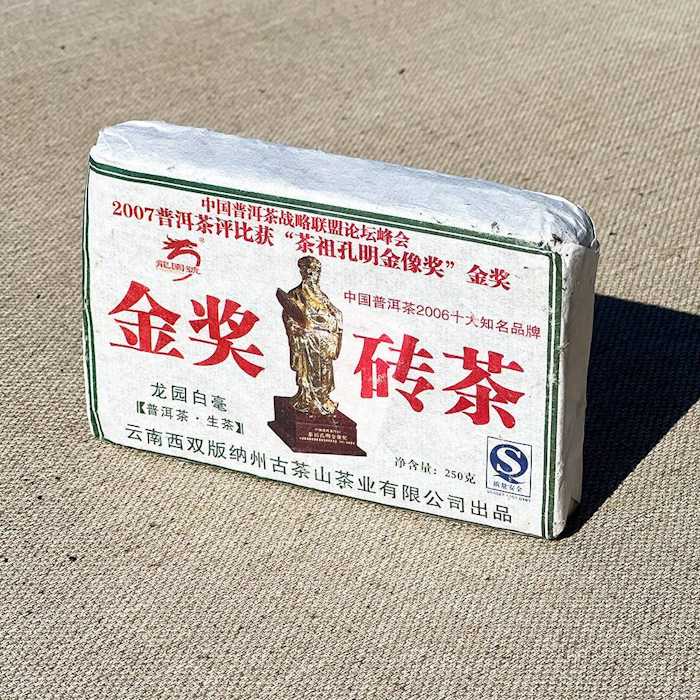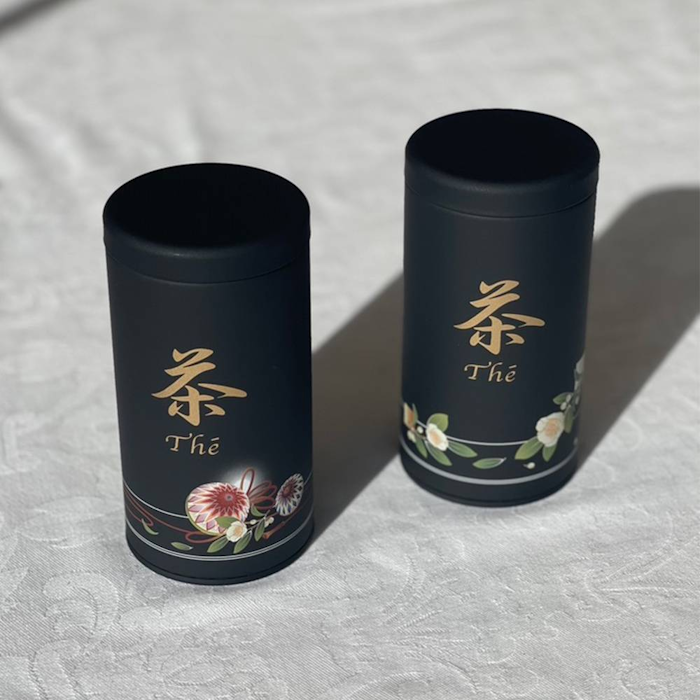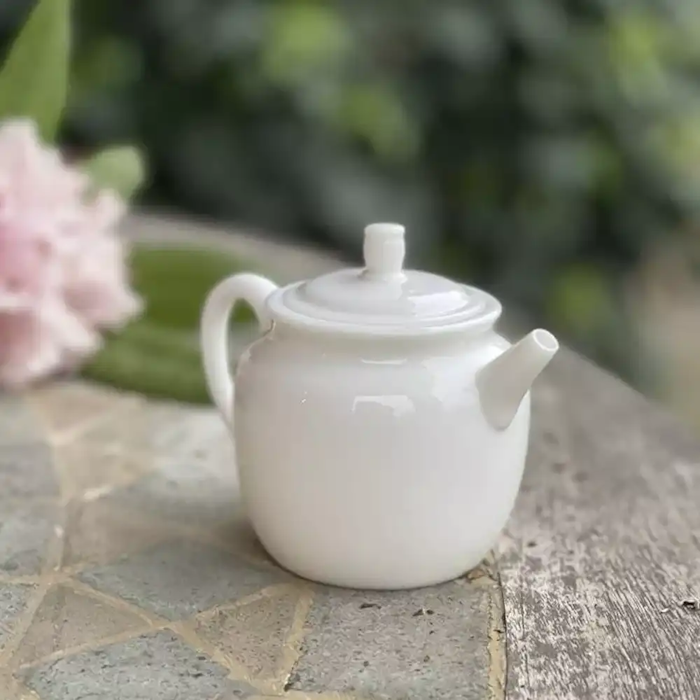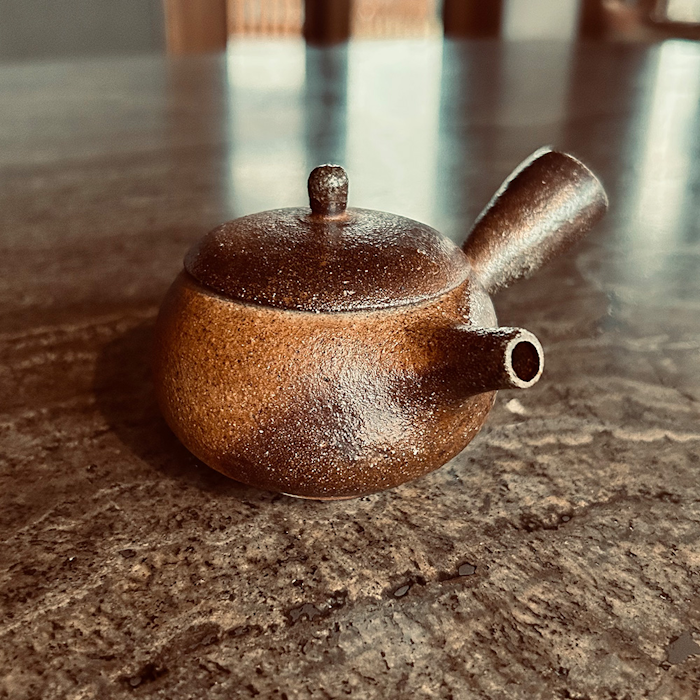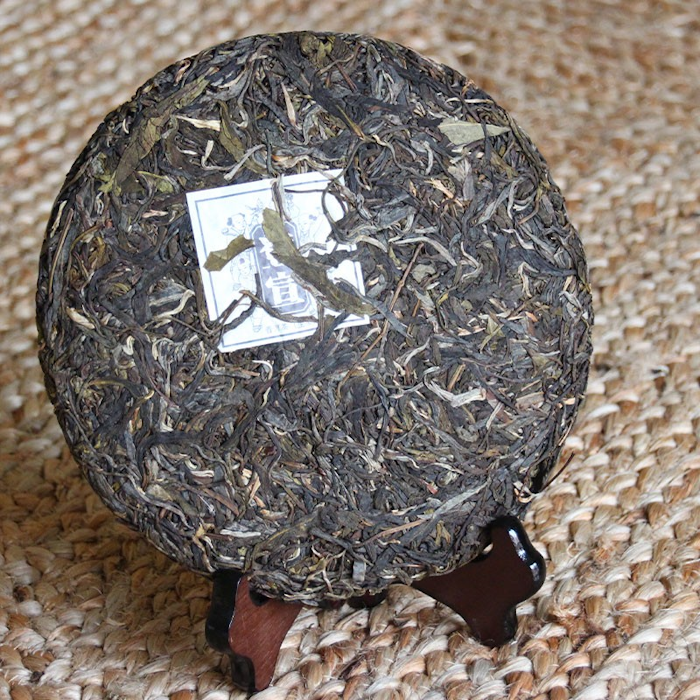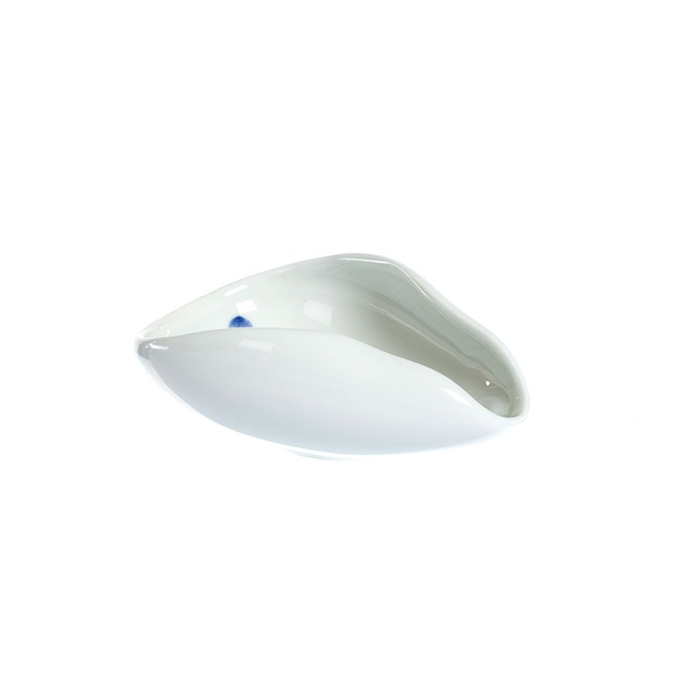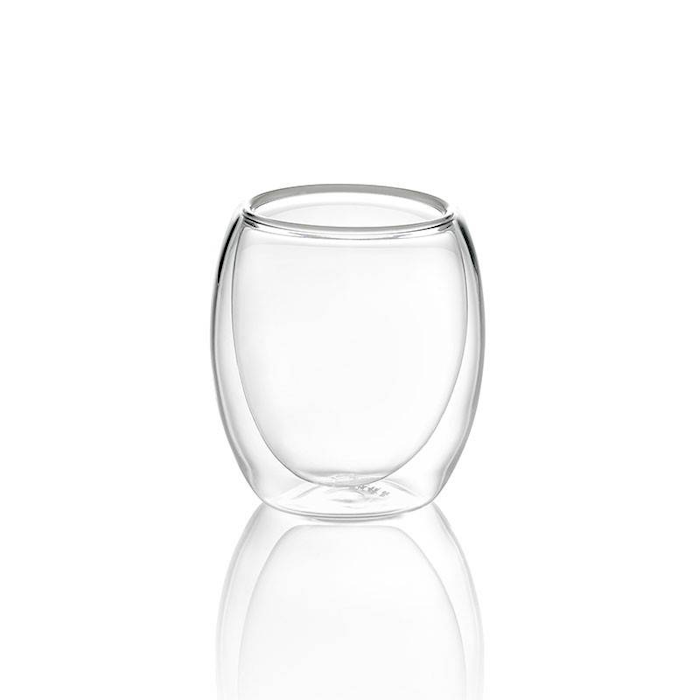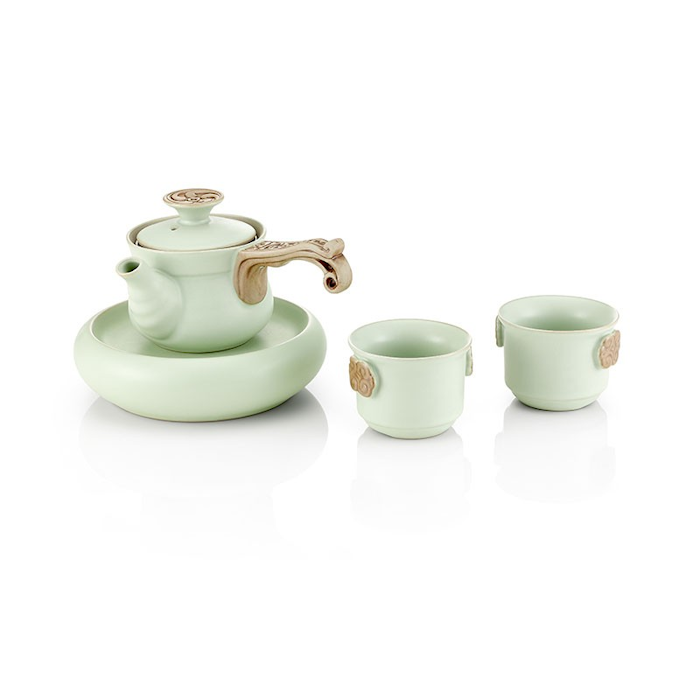The Long Jing Dragon Well Green Tea is a very famous product both in China and the rest of the world. The great popularity of Long Jing also stems from the custom of taking its leaves as gifts to relatives and friends as a sign of conviviality.
There are indeed many legends about Long Jing. Some tell of how the first camellias of this precious variety of tea were discovered while others extol the extraordinary beneficial properties of these small, bright green leaves.
The words Dragon Well in the name of this product, for example, refer both to a precise geographical area around Xi Hu Lake (the historical place of origin of this tea) and to a myth concerning the Long Jing. In fact, it is said that in order to express its maximum, the leaves of this tea should be infused with water from the springs near Xi Hu Lake.
A preparation done according to these dictates should result in such swirls of steam on the surface of the drink as to resemble the coils of a dragon in the shape of a long snake.
Apart from what is said in the legends, Long Jing Dragon Well Green Tea presents itself with the classic appearance that a high-quality product from Hangzhou should have. In fact, the emerald green leaves have the traditional flattened and narrow shape due to careful hand processing.
The infusion of this Long Jing shows a coincidental sweet and savory character in favor of a greater expression of herbal notes. In particular, one can taste a slightly balsamic fresh herb flavor that is followed by a warming sensation that can suggest the aroma of summer hay.
For those who appreciate the herbal traits of this famous Chinese green tea, we also suggest trying Xi Hu Long Jing Organic Green Tea.
Also read: Long Jing, Tea and Legends
Tasting - Sight and Smell
Long Jing Dragon Well green tea has medium-sized leaves, a glossy surface and flattened shape, with a color on shades of yellow-green and some ochre tones tending to coppery. The scent of the dried leaves already has strong roasted accents. Once infused, the leaves give off intense roasted and almondy notes, with a floral and fresh finish. The liquor is bright and transparent, with evidence of bai hao in suspension, indicative of the presence of many buds. The color ranges from the pale yellow of the first infusions to a more intense golden yellow but as one proceeds in gong fu cha.
Tasting Notes
The opening of Long Jing Dragon Well green tea on the palate is very soft and sweet: in fact, the first infusion gives notes of nuts such as almond and walnut and a moto delicate vegetal hint. With the second infusion, the praline almond notes intensify and hints of white flowers appear, combined with delicate vegetable notes reminiscent of steamed green beans. With the third and subsequent infusions, the floral notes become clearer and clearer: magnolia and orchid meet a pleasantly savory umami, which gives balance to the flavors in closing. The persistence is of medium duration and carries vegetable and sweet notes of beeswax. The body is light and silky, and the taste is up to the end without a trace of astringency or bitterness.
Location of origin
Hangzhou - Zhejiang, China
Production
Long Jing Dragon Well Green Tea has a very traditional processing. After an initial withering in the open air, the leaves are cooked in large iron woks heated to temperatures around 180°C to block enzyme activity and thus prevent oxidation of the product.
Finally, the green leaves are folded and allowed to rest so that they take on their final shape and lose some more moisture.
Infusion Method of Long Jing Dragon Well Green Tea
We strongly recommend infusing Long Jing Dragon Well Green Tea in the traditional Chinese method (Gong Fu Cha) with a Gaiwan with a capacity of about 150 ml.
Following this preparation, with 5 grams of leaves you can make multiple infusions useful to feel all the flavors of the tea at its best.
After a quick rinse of the leaves with water at a temperature of 70°-75°C, a first infusion of 25 seconds can be made, and after that, keeping the water at the same temperature, one can continue to exploit the product by adding more to water and increasing the previous infusion time by about 10 seconds (25 - 35 - 45...).
For a more traditional preparation according to the Western style we recommend 3 grams of leaves (about 2 teaspoons) in a 200 ml cup with water at 70°-75°C for an infusion time of 2-3 minutes.
For a better tasting experience we suggest that you strain the infusion as soon as the established steeping time is over. The infusion timings we suggest, however, can also be slightly modified to one's liking to achieve a more or less intense taste.
We recommend storing in a cool, dry place away from direct sunlight.
Benefits of Green Tea
The category of Green Tea is always the most frequently mentioned when talking about beneficial properties.
In fact, compared to other types of tea, the young and tender leaves from which this product is made have a high concentration of useful molecules that are easily assimilated by our bodies.
The main benefits of Green Tea infusion come from the presence of antioxidants, amino acids and caffeine. Daily and simultaneous intake of these elements can lead to lower blood sugars, a reduction in cellular aging, and a reduced sense of fatigue during the day.
Green Tea therefore proves to be a good ally for our bodies but it is still recommended not to overdo it to prevent tachycardia or other unpleasant effects due to too much caffeine.
The main benefits of Green Tea infusion come from its high concentration of antioxidants, amino acids, and amino acids.



